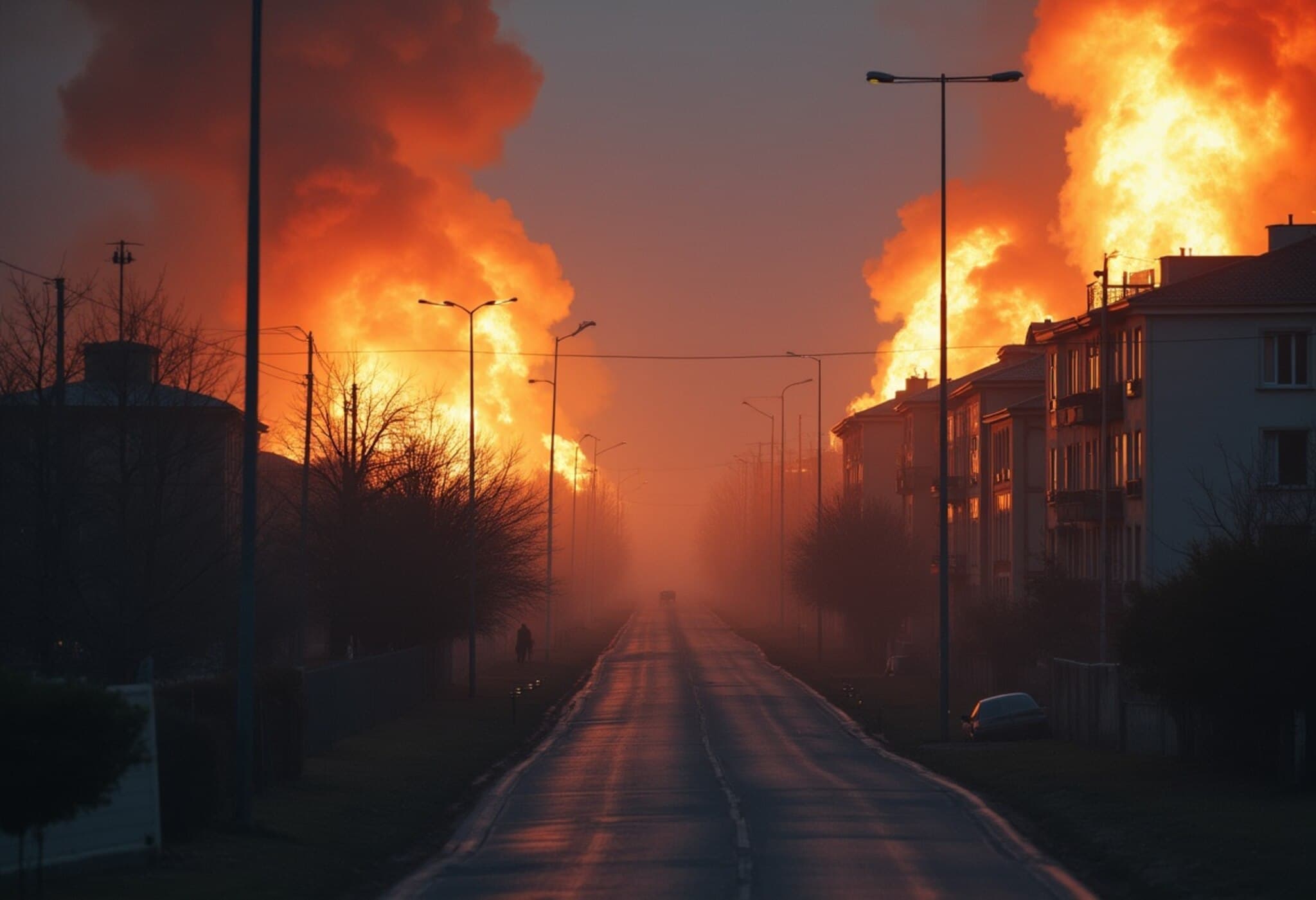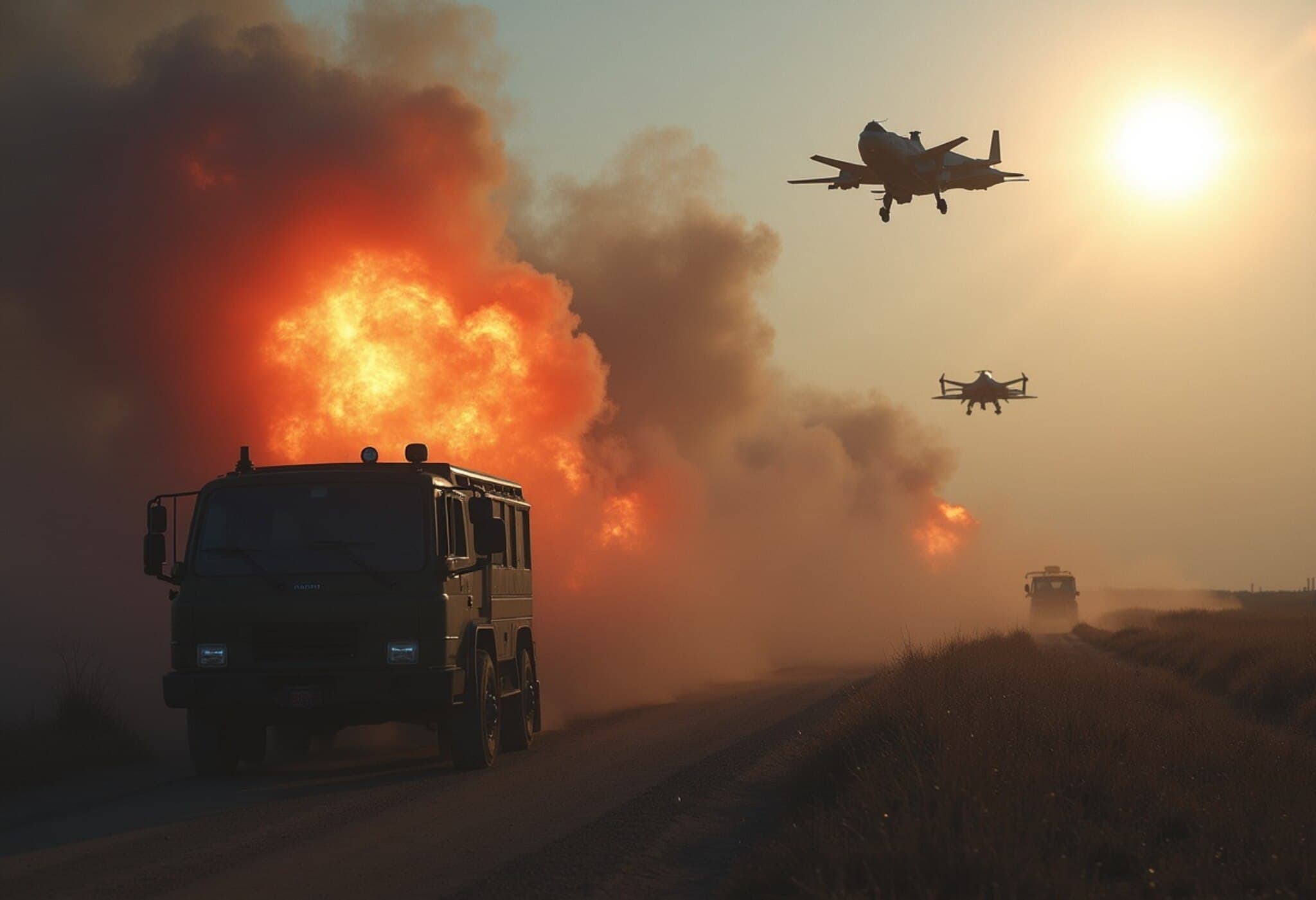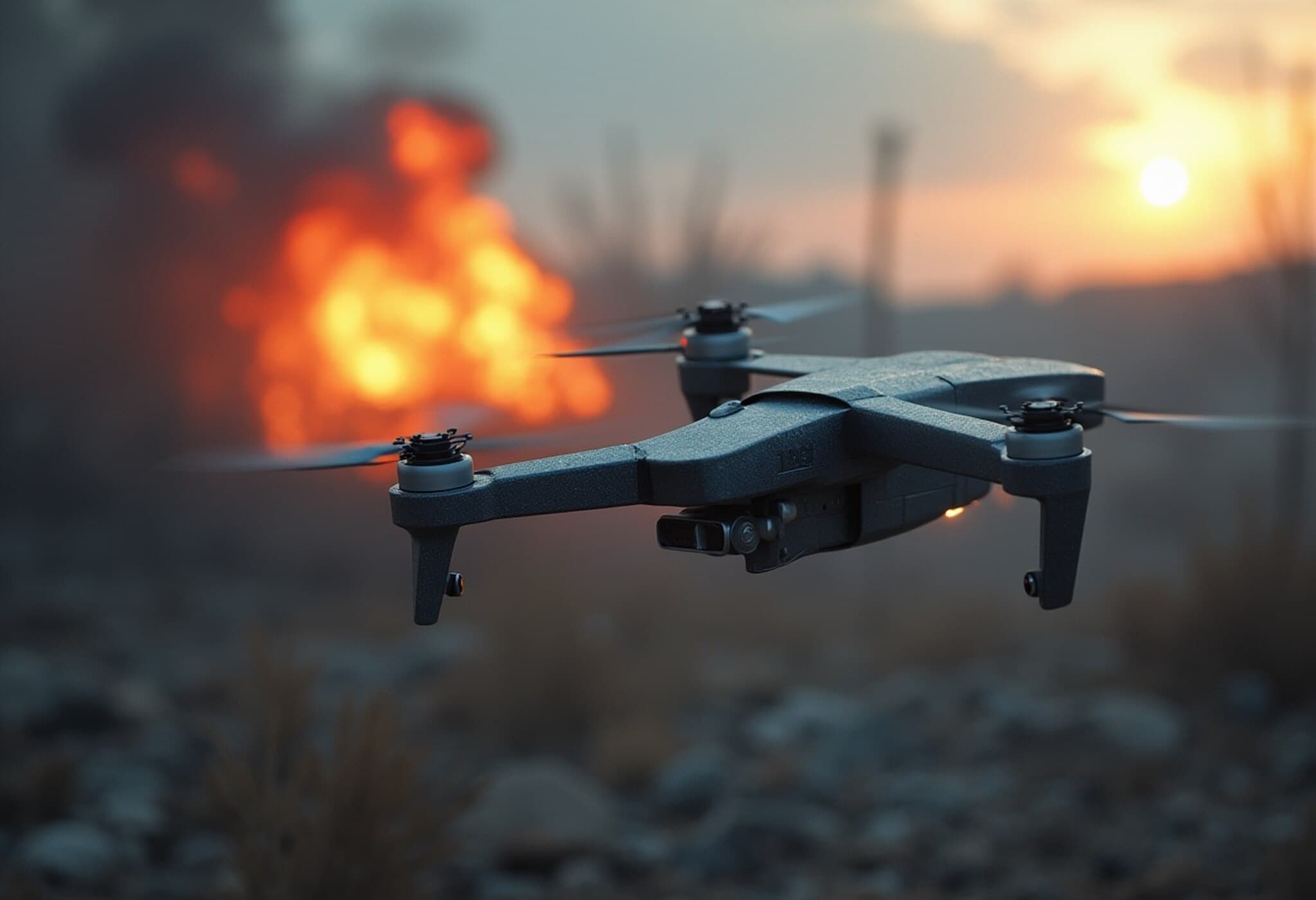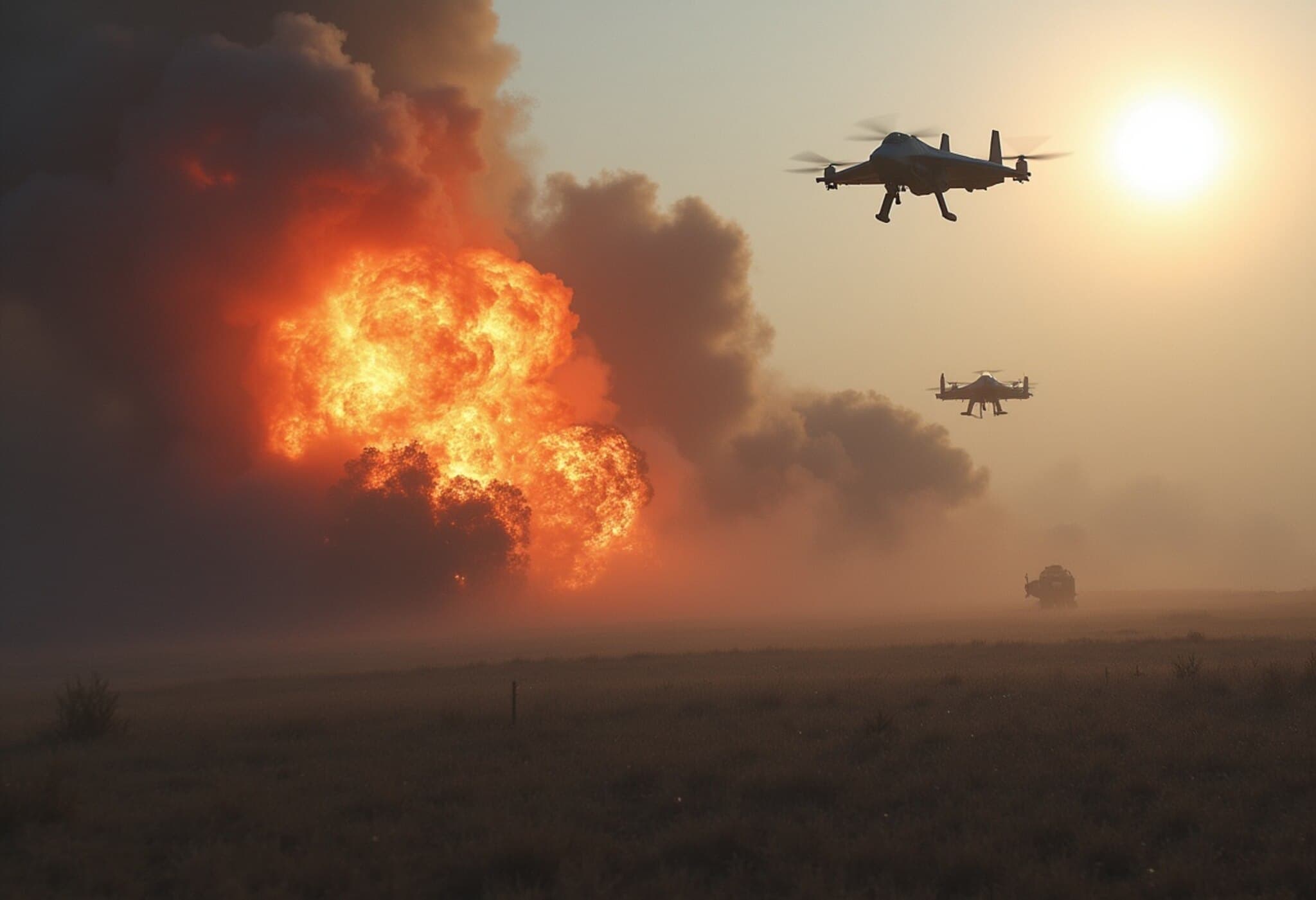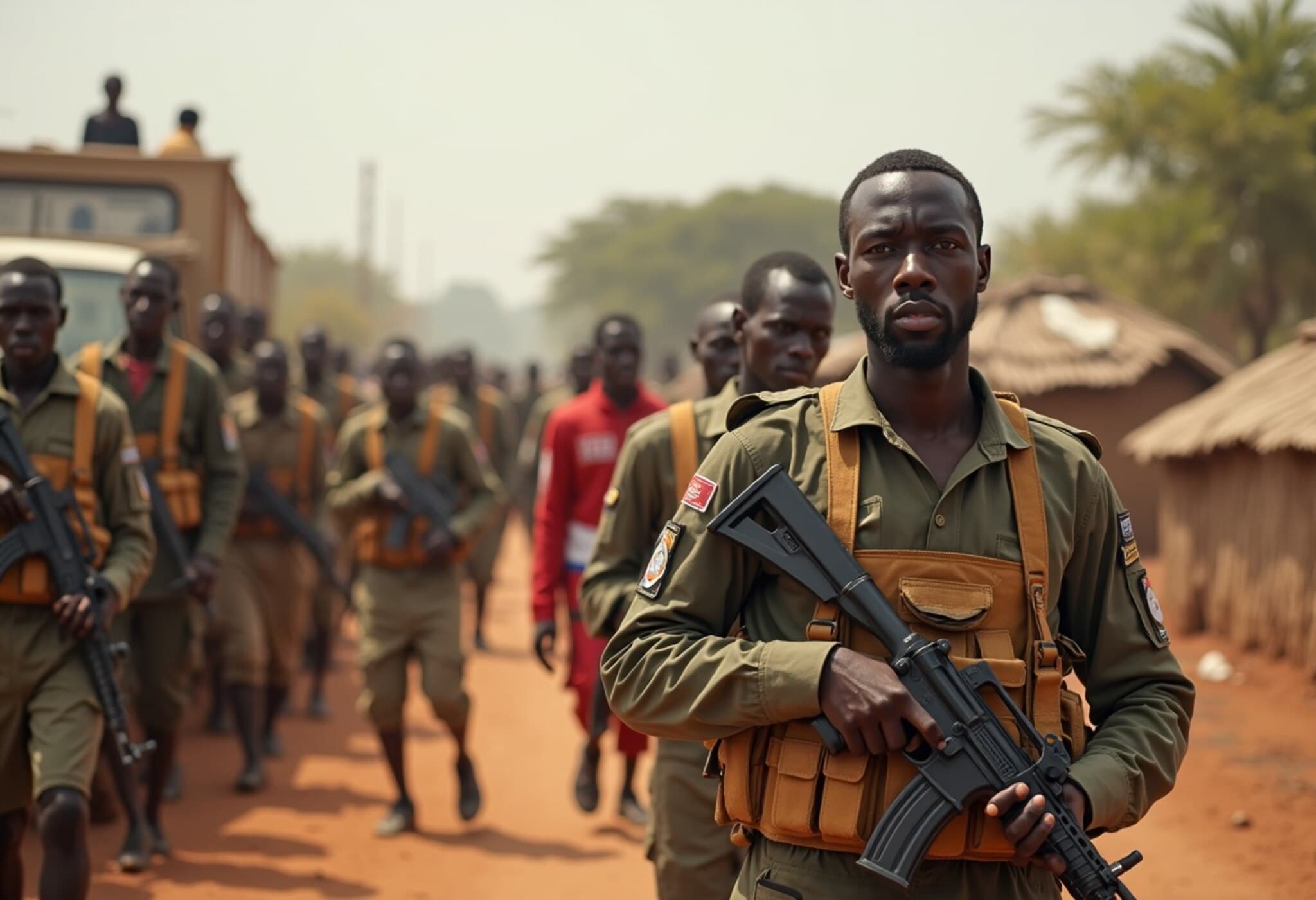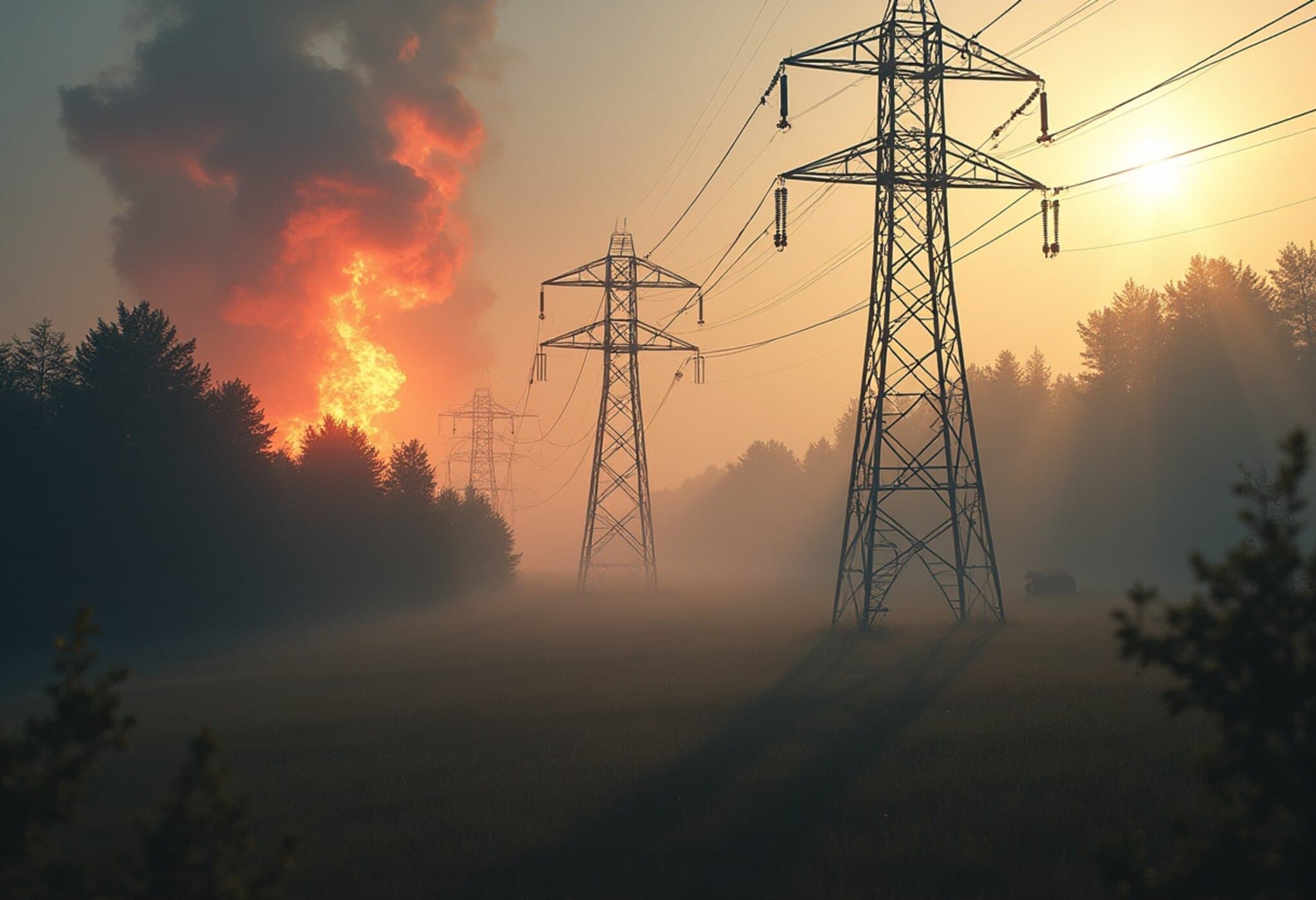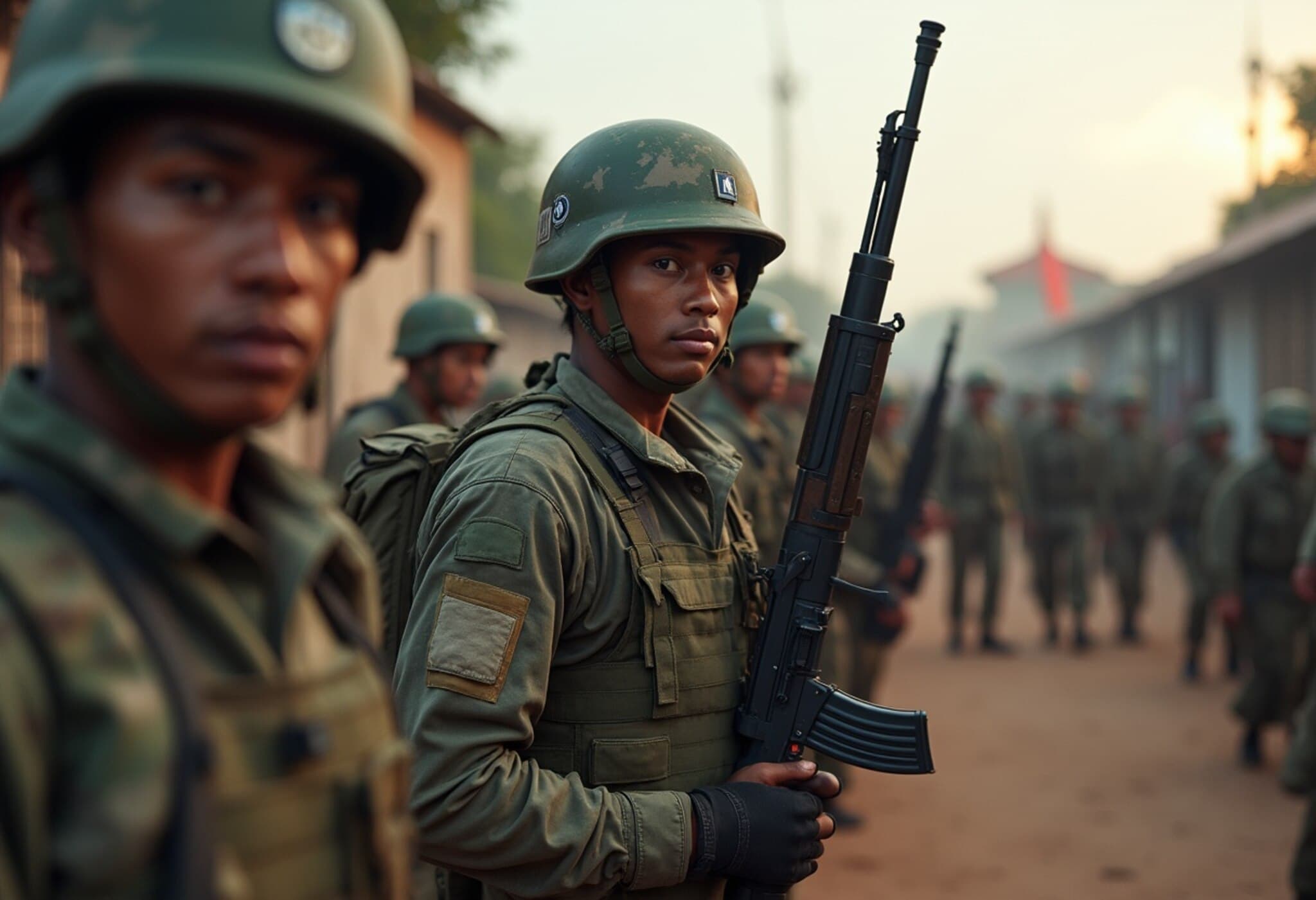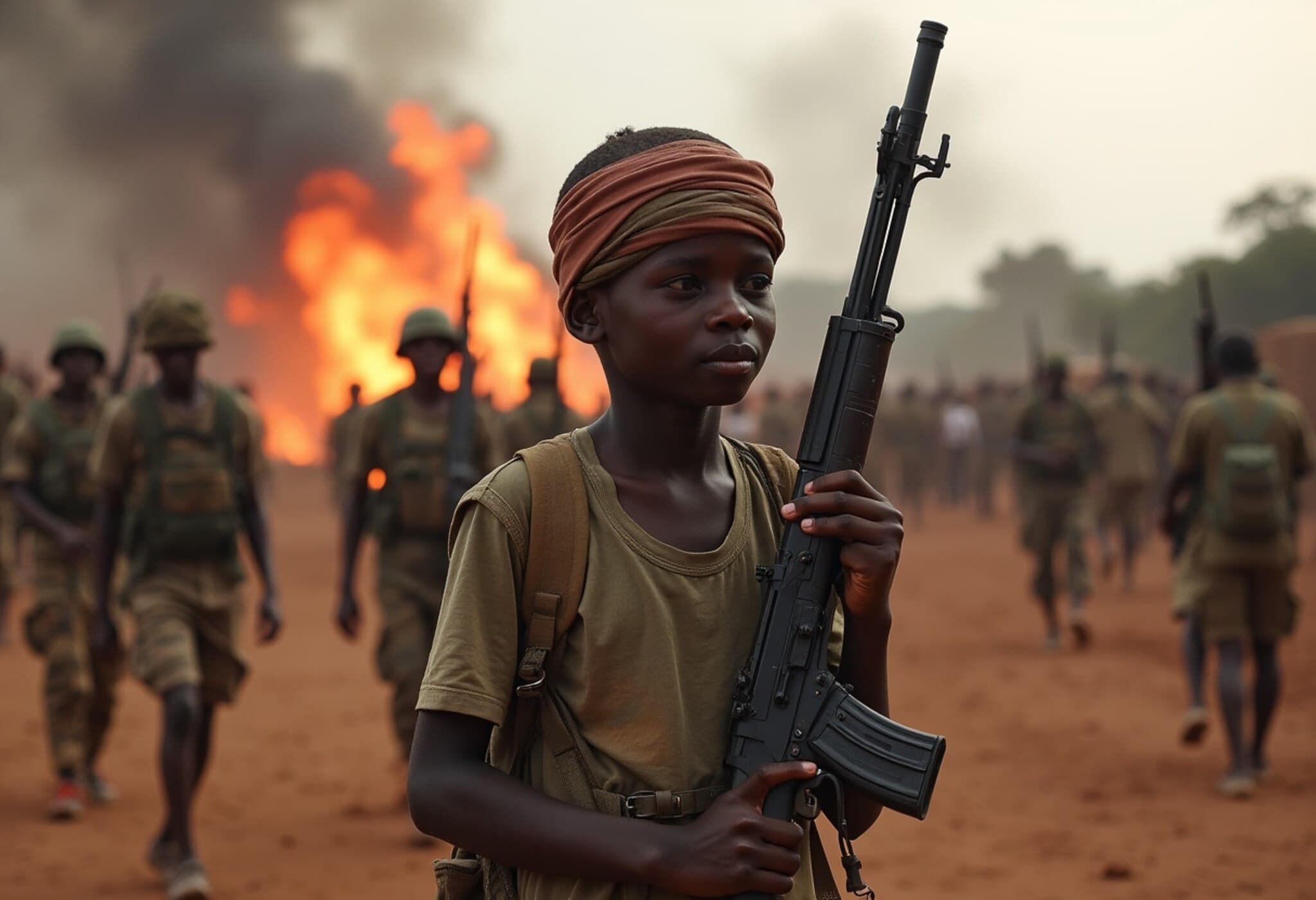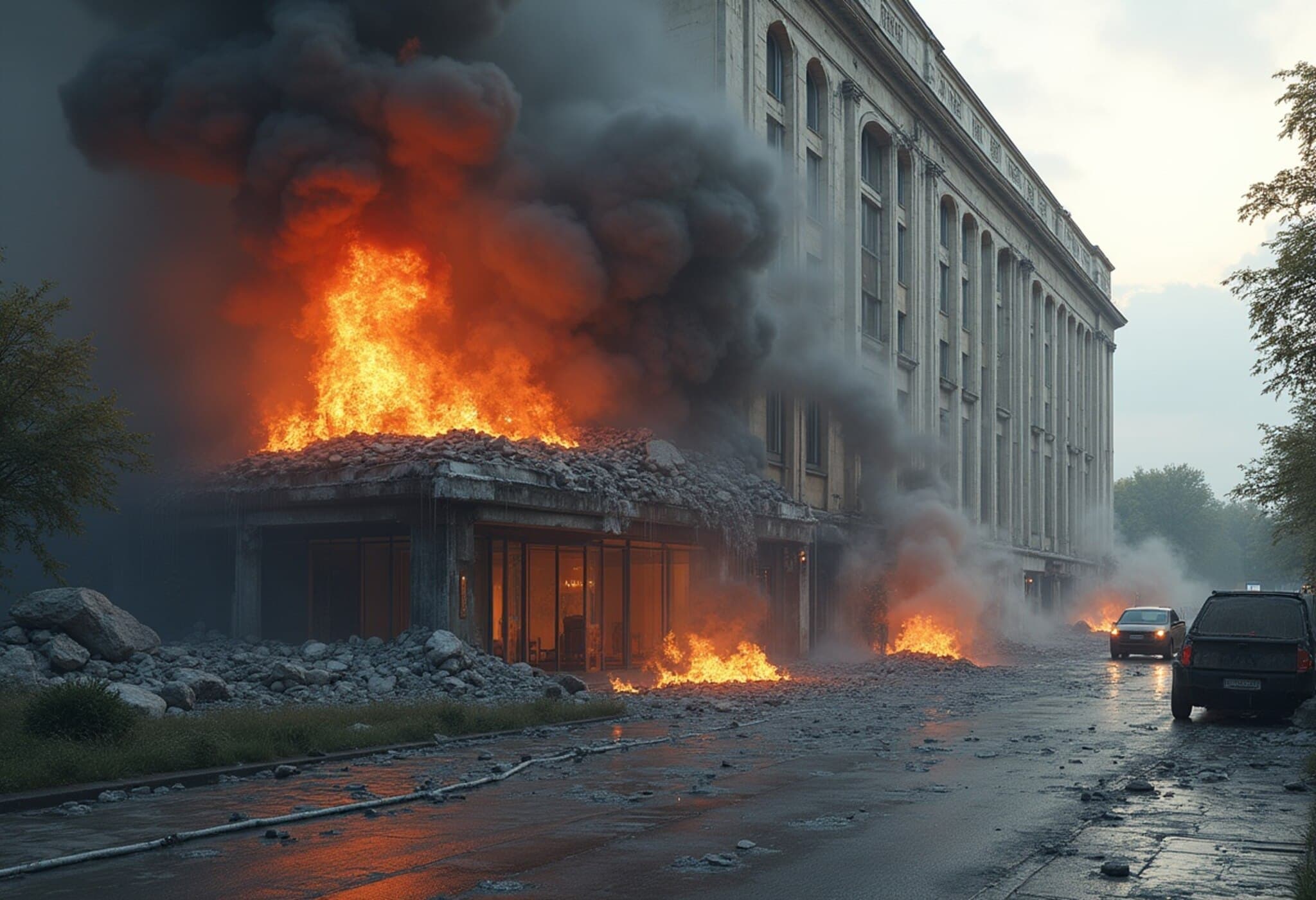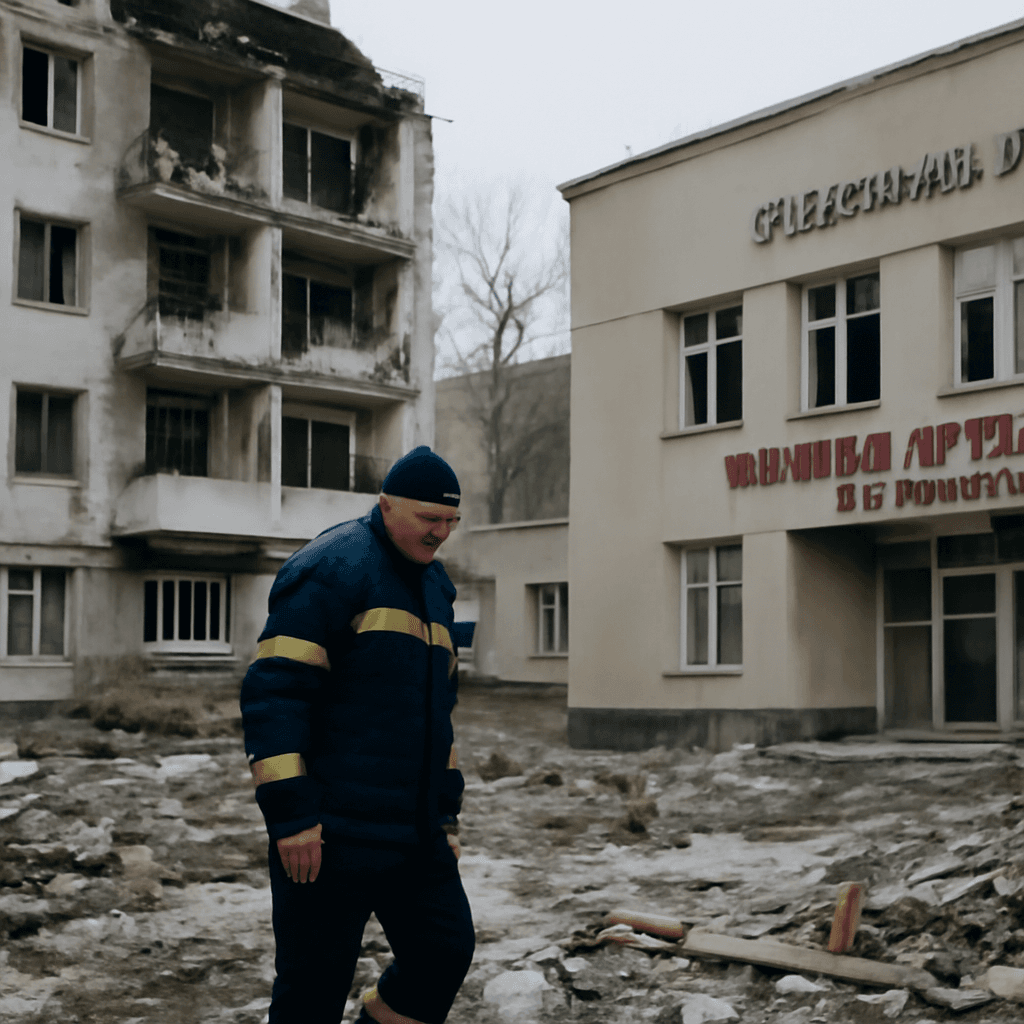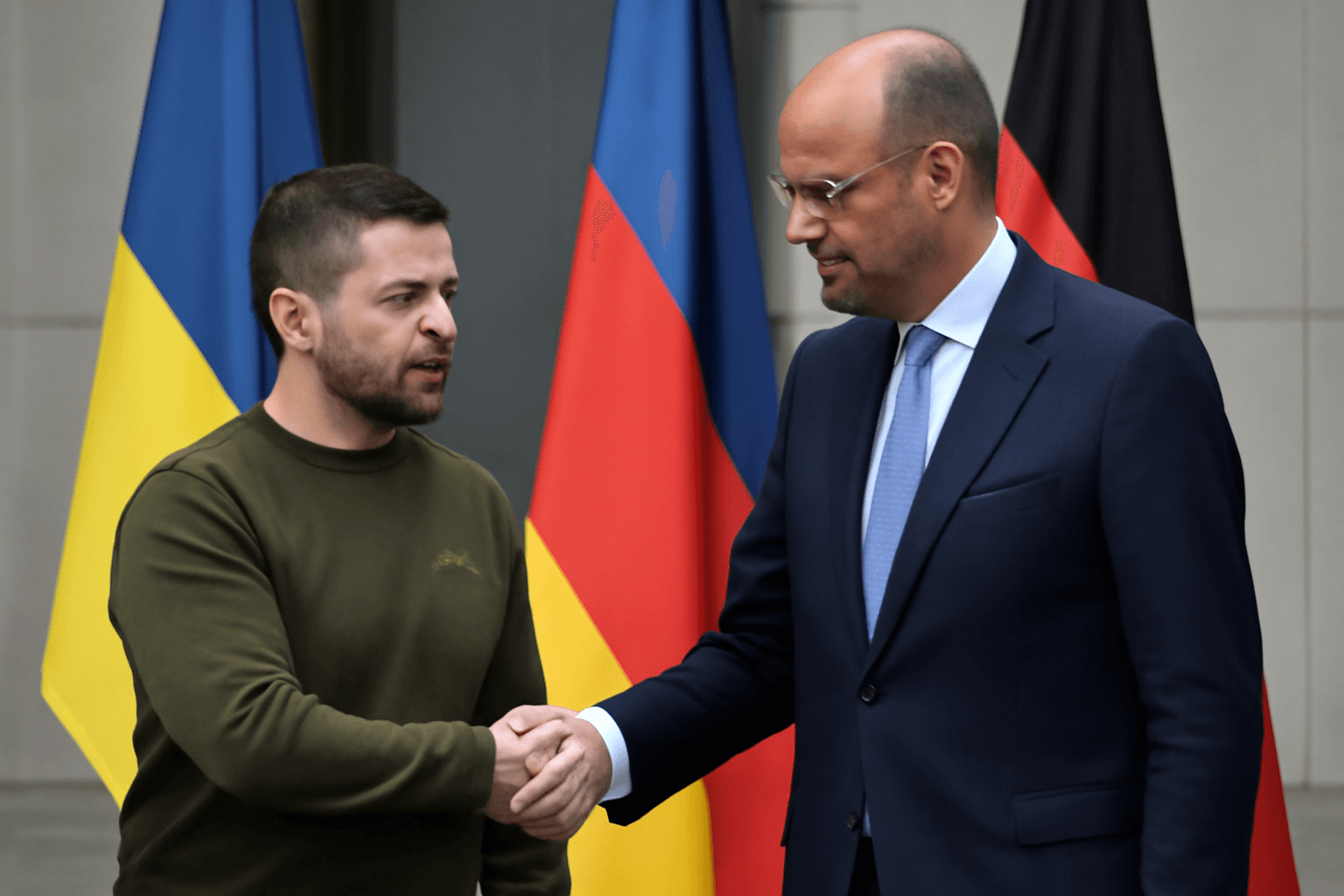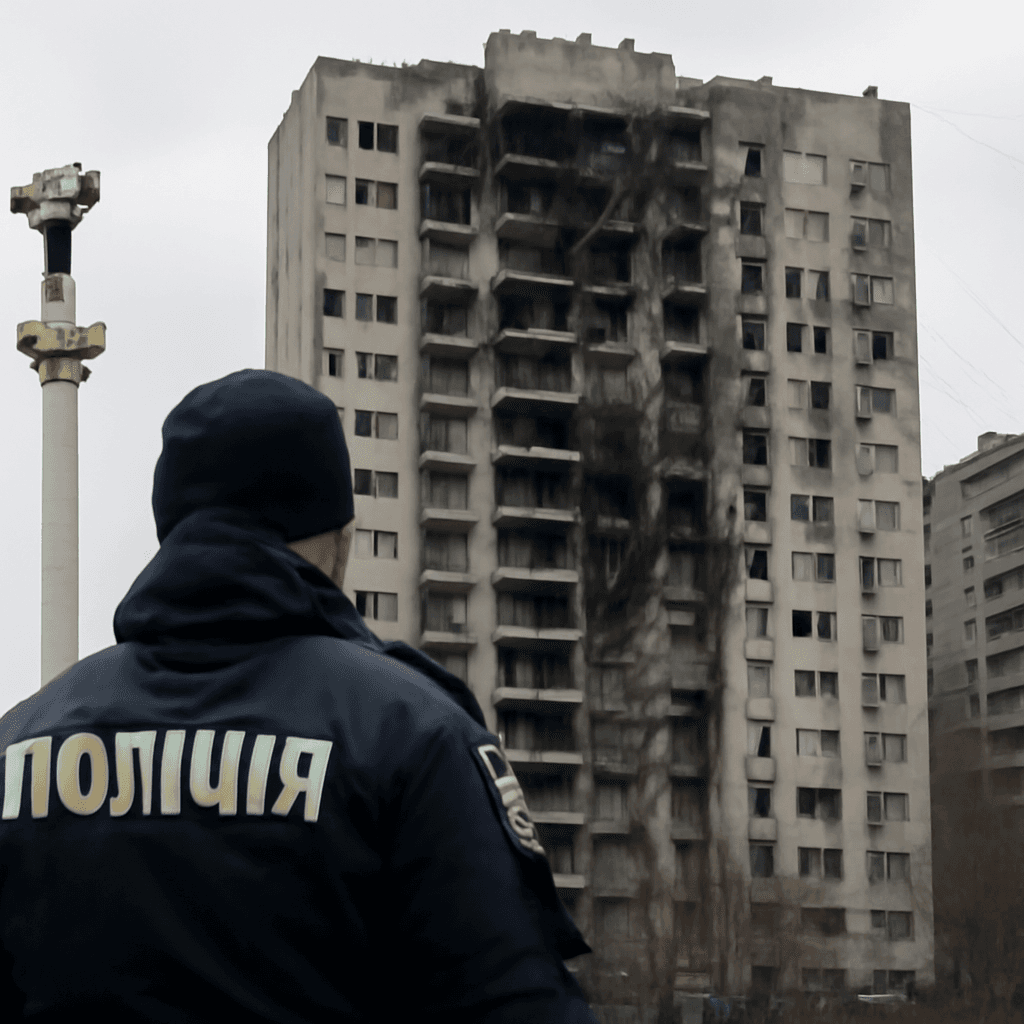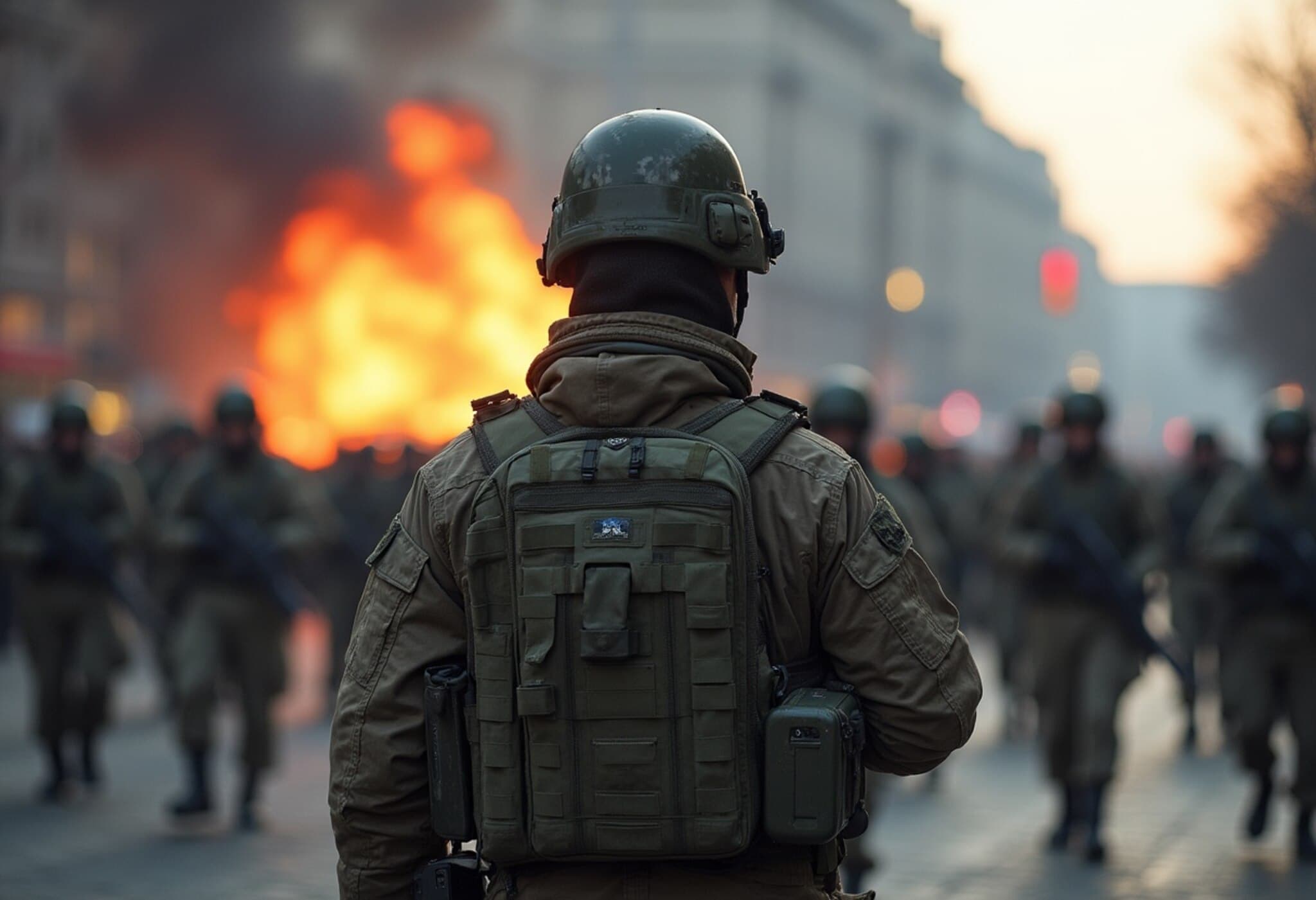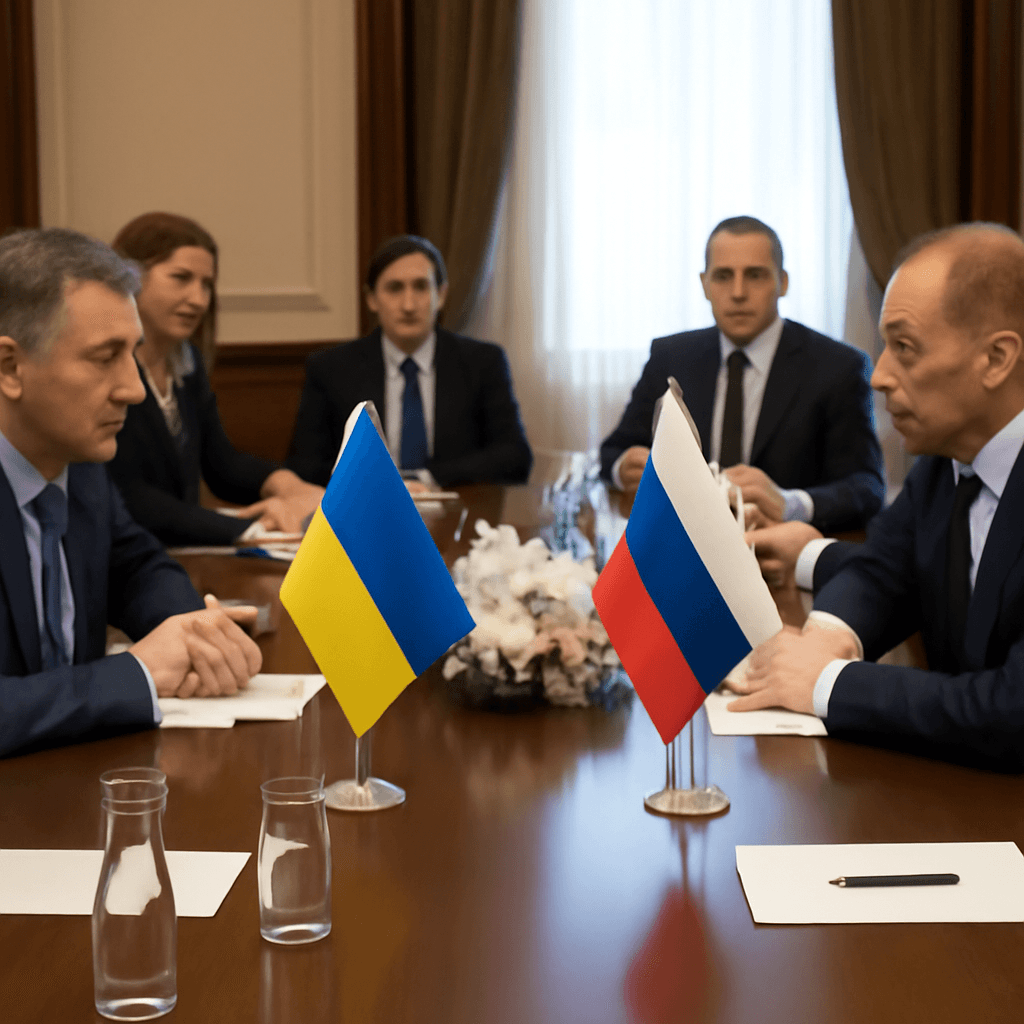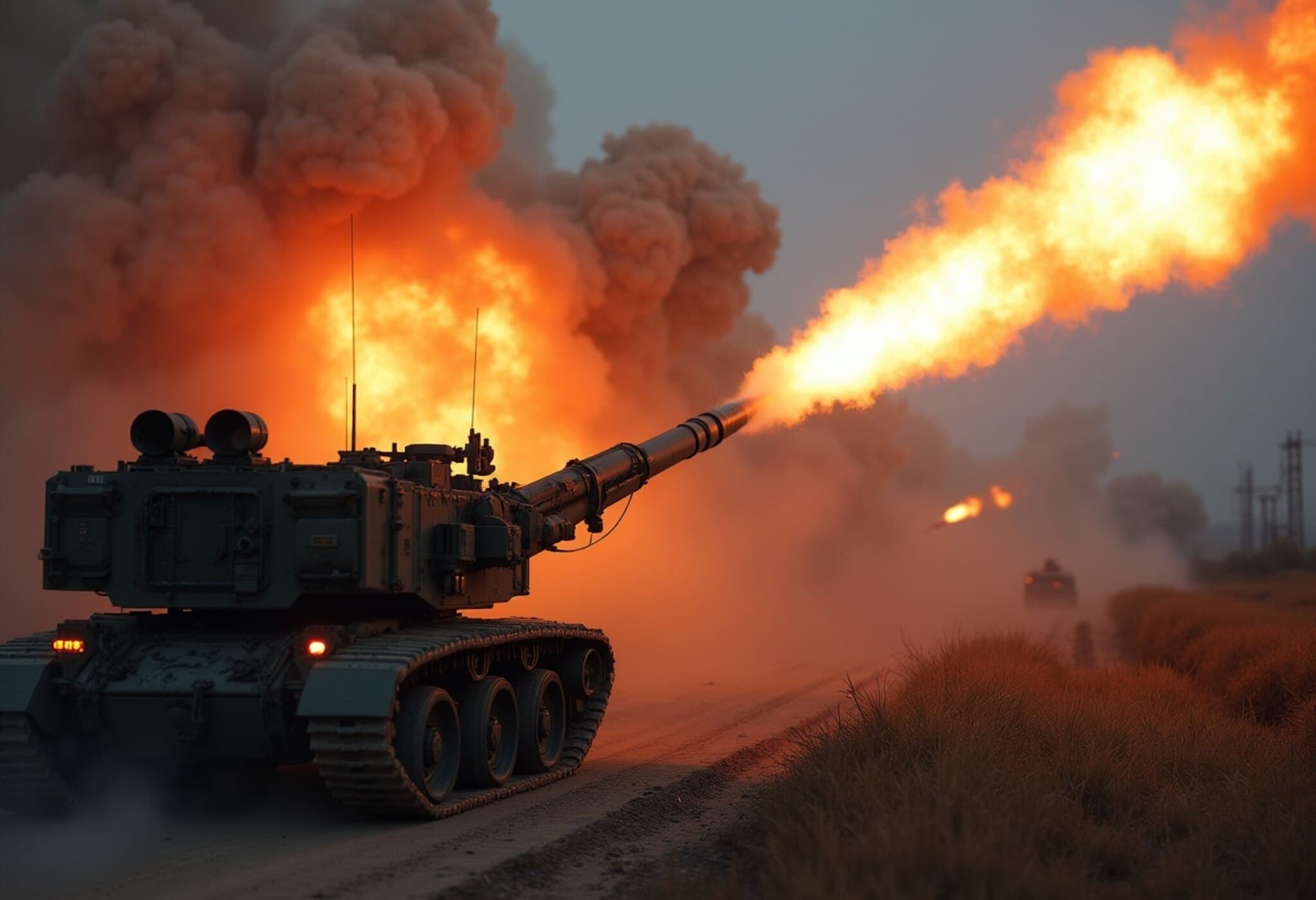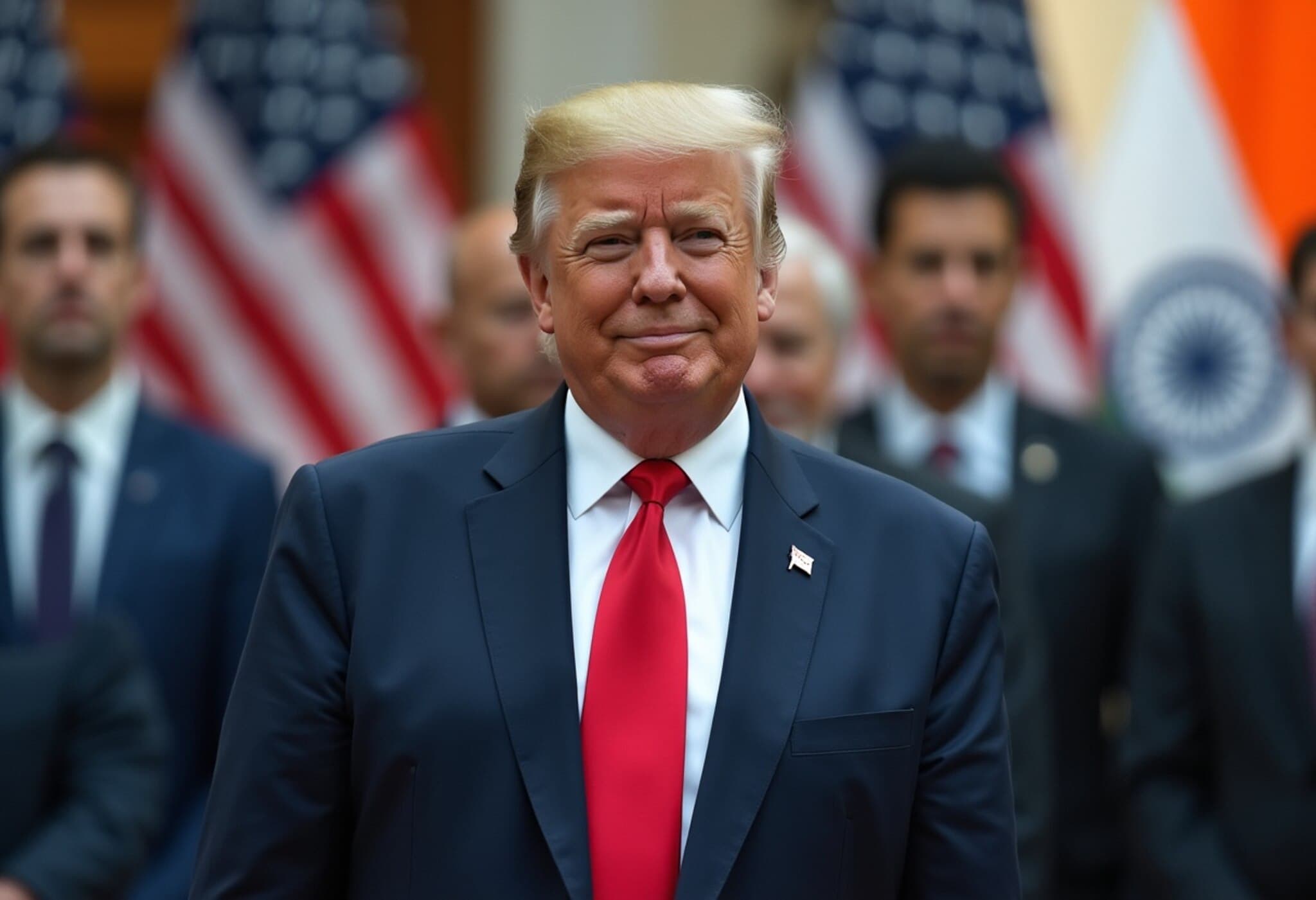Russia’s Intense Aerial Attack on Kyiv Claims Lives, Including a Child
In the early hours of July 31, 2025, Kyiv faced one of its deadliest nights since the full-scale invasion began. Russian forces launched a ferocious onslaught comprising more than 300 drones and eight missiles, striking multiple locations across the Ukrainian capital. The attack resulted tragically in the deaths of at least six people, among them a six-year-old boy and his mother, with dozens more wounded.
Eyewitness Accounts and Human Toll
The shockwaves of explosions reverberated throughout the city, lighting up the night sky as fires erupted and emergency crews rushed to the scene. Kyiv Mayor Vitali Klitschko reported that nine children were injured in this single, devastating assault — the highest number since the war escalated nearly four years ago.
Yurii Kravchuk, 62, emerged from the chaos with a bandaged head and shared a harrowing account: “I heard the missile alert, but we didn’t reach shelter in time. My daughter was hospitalized after the blast.” Across the city, rescue teams combed through rubble, desperate to find survivors buried beneath shattered concrete.
Strategic and Political Context
President Volodymyr Zelenskiy condemned the attack as a brutal message from Moscow, tweeting that the world saw “Russia’s response to our desire for peace with America and Europe.” He emphasized that “peace without strength is impossible,” alluding to the delicate balance of power and diplomacy at play.
Recent months have seen a troubling escalation, with Russian air strikes penetrating deep into urban centers far from front lines — a grim tactic that challenges international laws about civilian protection.
Notably, this assault followed an ultimatum issued by former U.S. President Donald Trump, stating that economic sanctions and tariffs would intensify against Russia if no progress toward peace was made within ten days. Ukrainian Prime Minister Yulia Svyrydenko interpreted the bombing as a deliberate defiance of such diplomatic pressure, urging the global community to respond with maximum sanctions and international tribunals to hold Moscow accountable.
Defensive Measures and Aftermath
Despite the scale of the offensive, Ukrainian air defense units successfully intercepted 288 attack drones and three cruise missiles, showcasing resilient defense capabilities amid overwhelming odds. However, the damage inflicted remains substantial, with residential buildings, schools, and hospitals among targeted sites, deepening the humanitarian crisis.
The psychological impact on Kyiv’s residents is profound. Prolonged exposure to such attacks fosters trauma, particularly among children who now face a disrupted sense of safety in their own homes.
Broader Implications and Questions Ahead
This latest strike raises critical questions about the evolving nature of warfare in Ukraine and the international community's role:
- What are the long-term consequences for civilian infrastructure and population resilience in Kyiv and beyond?
- How effective are current sanctions and diplomatic efforts in deterring Moscow’s aggressive tactics?
- What adjustments might NATO and allied powers consider in providing defense support without escalating conflict?
Understanding the human stories against the backdrop of geopolitical maneuvering is essential to grasp the full gravity of this conflict.
Editor’s Note
The sustained bombardment of Kyiv underscores Russia’s disregard for civilian lives and international norms amid its broader strategic objectives. As the world watches, the pressing challenge remains: how to balance the urgent need for peace with the imperative of ensuring Ukrainian strength and sovereignty. Readers should consider both the immediate human suffering and the complex geopolitical chessboard shaping this war’s future.
Our reporting aims to illuminate these intertwined realities, providing not just headlines but a bridge to empathy, context, and informed discourse.

